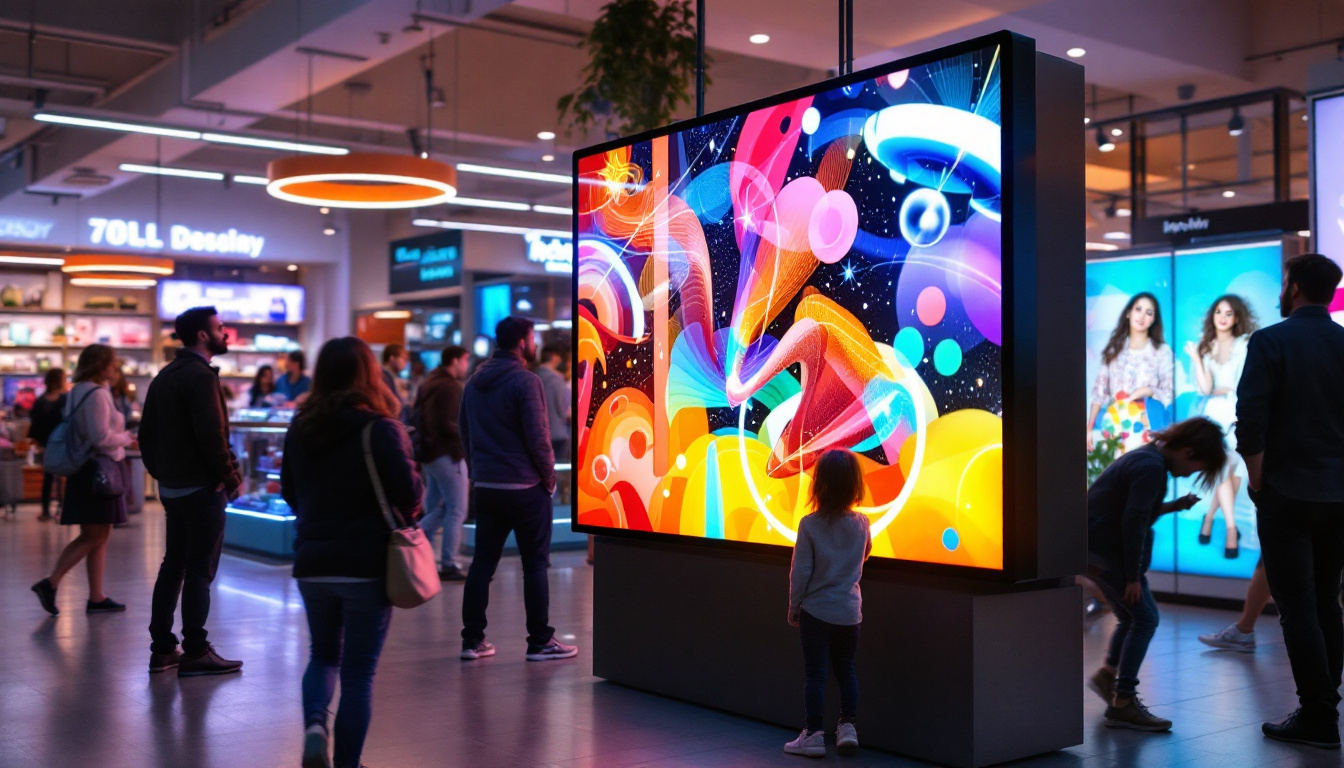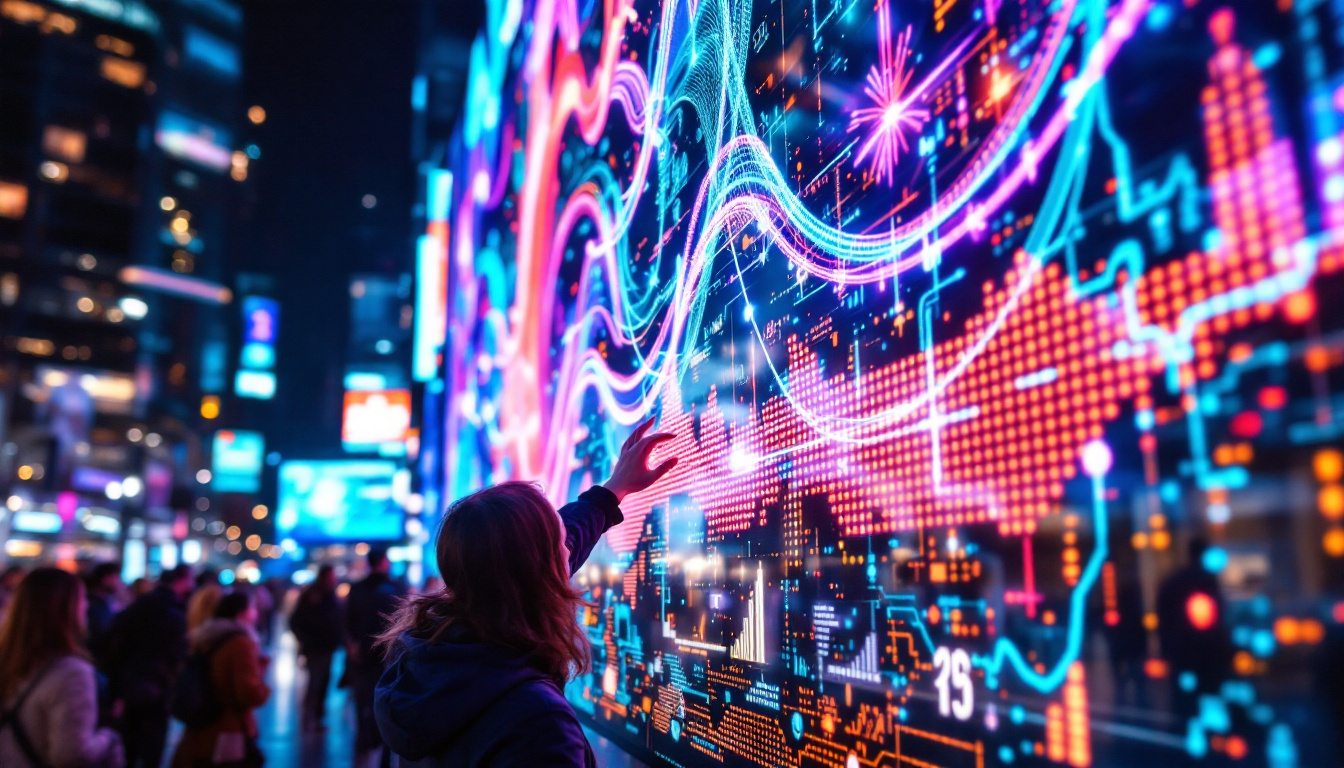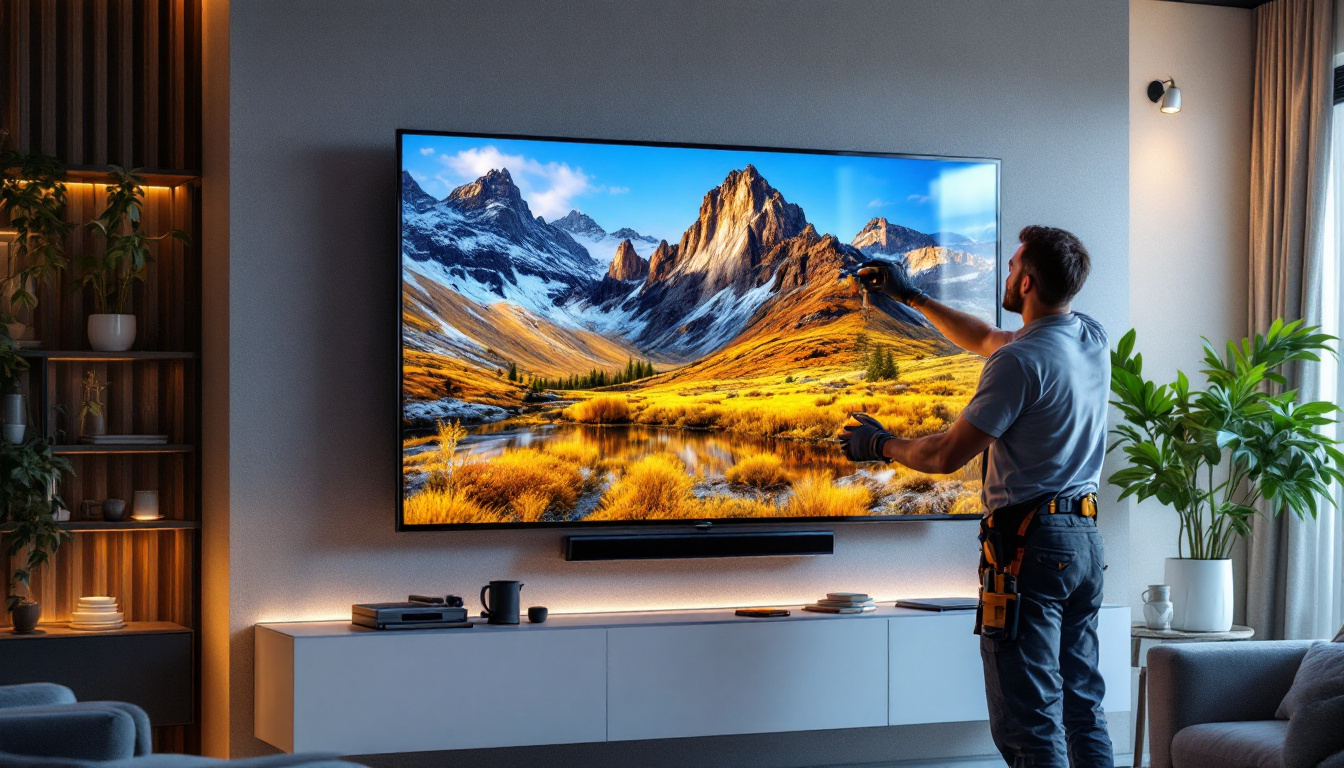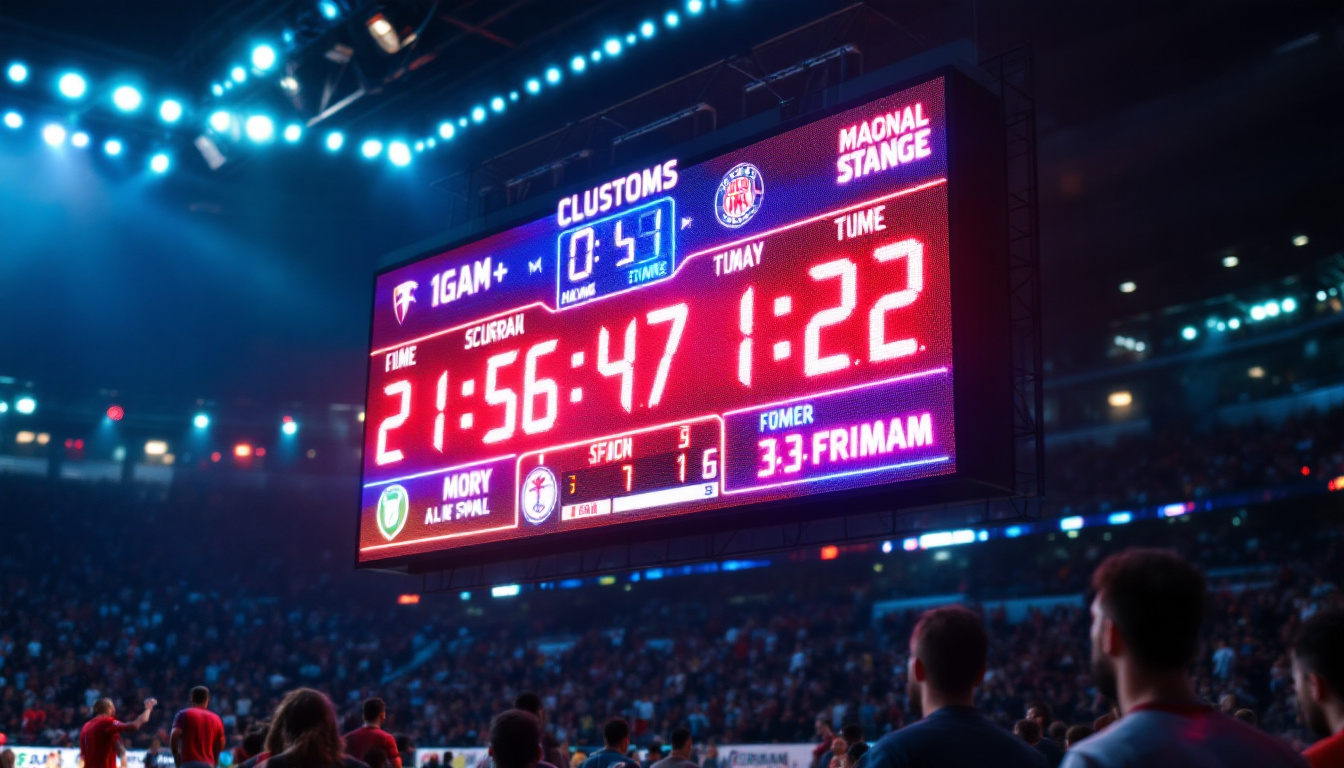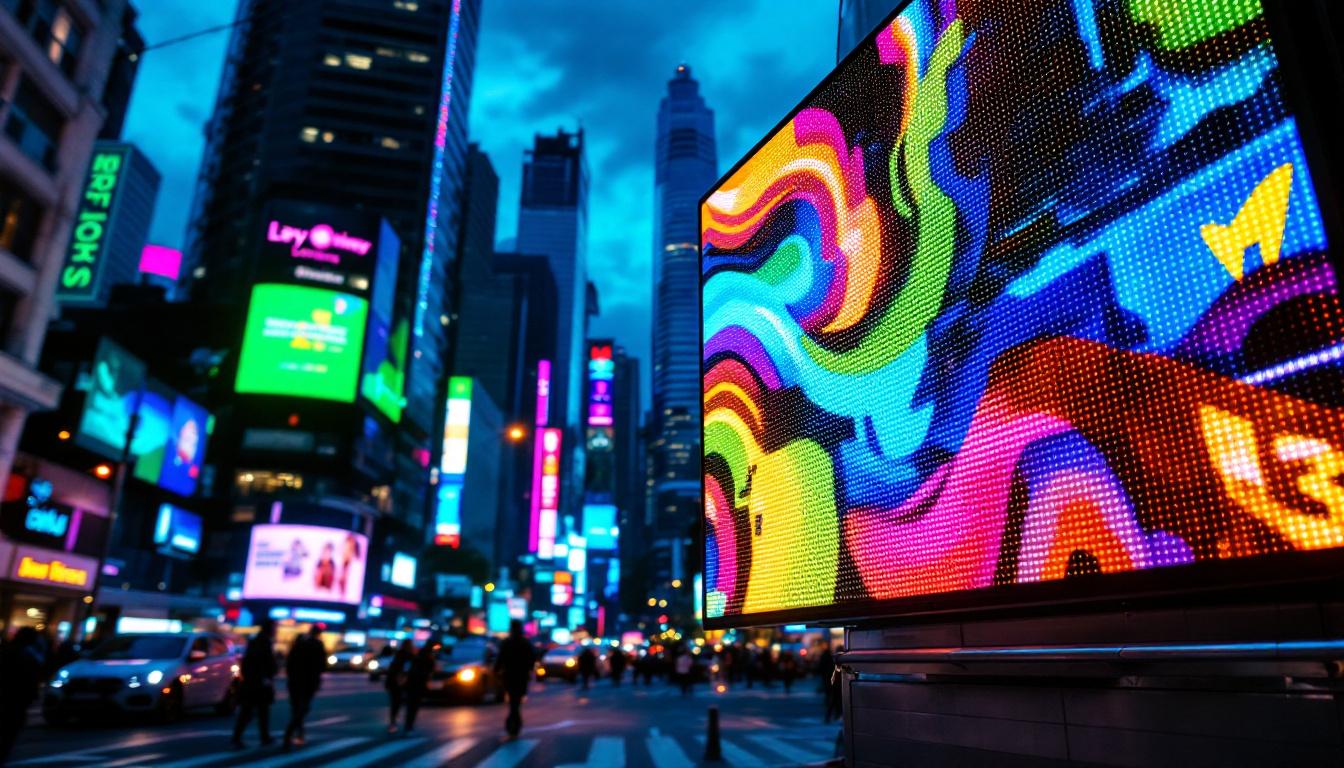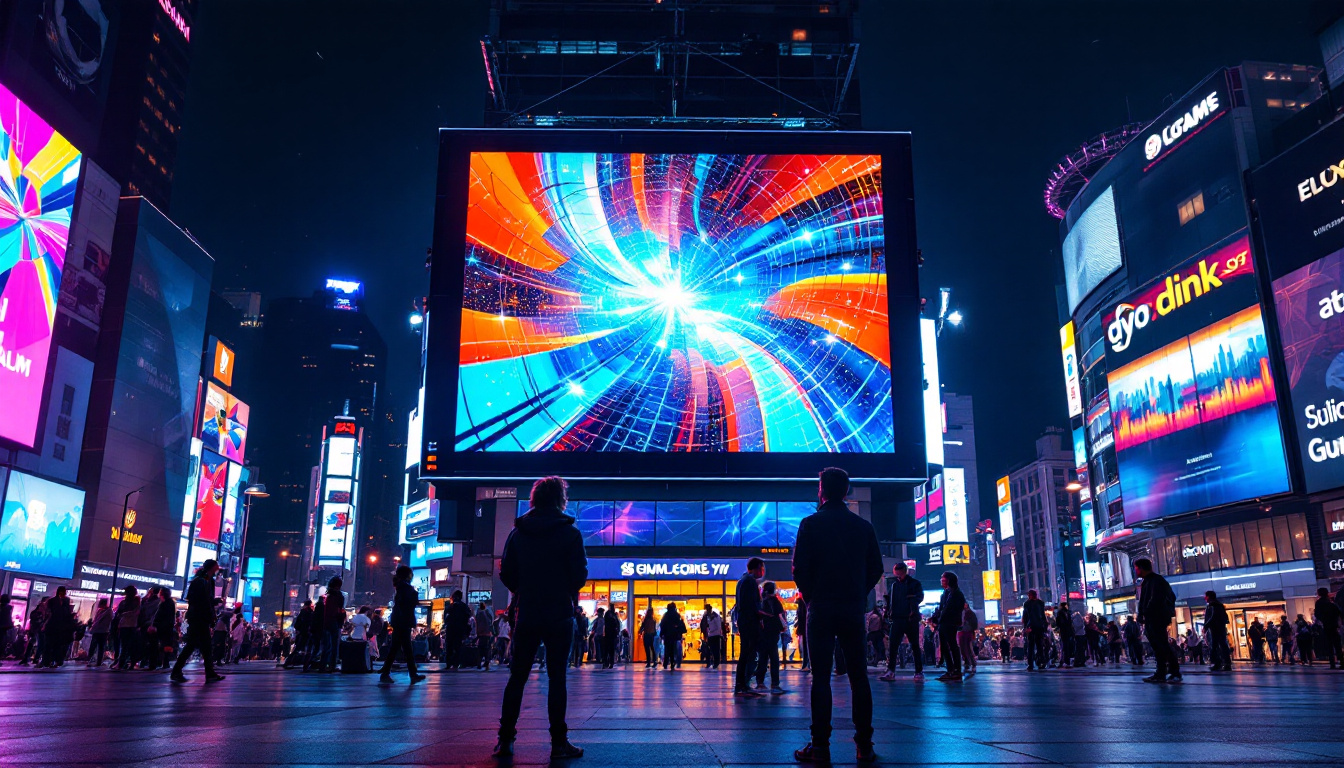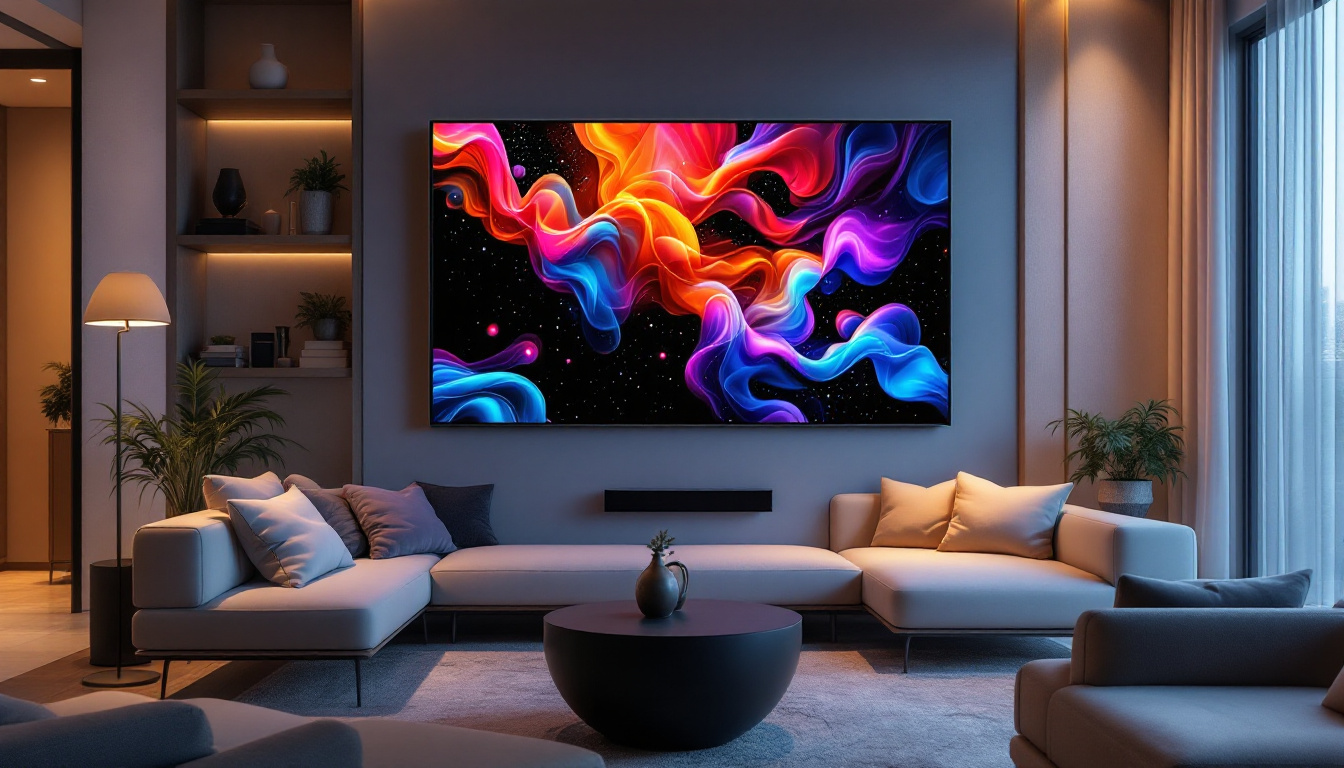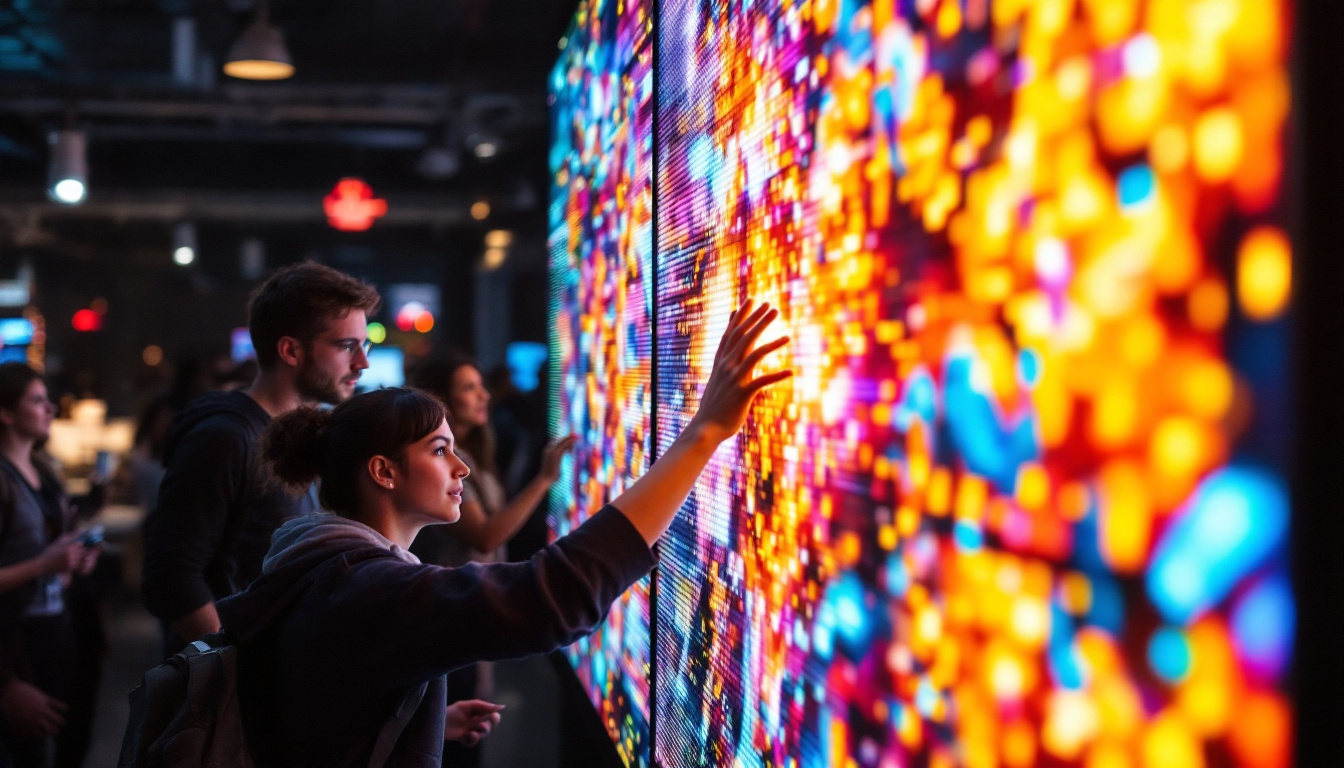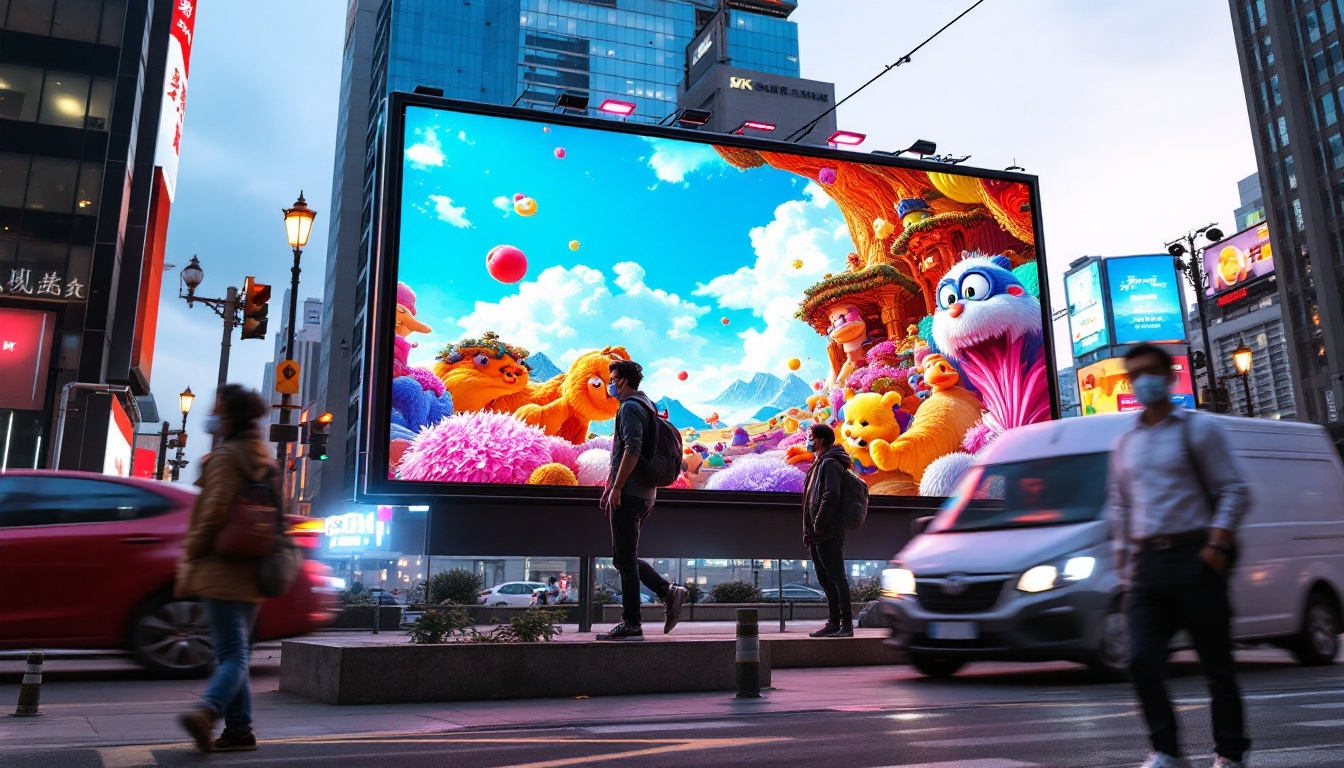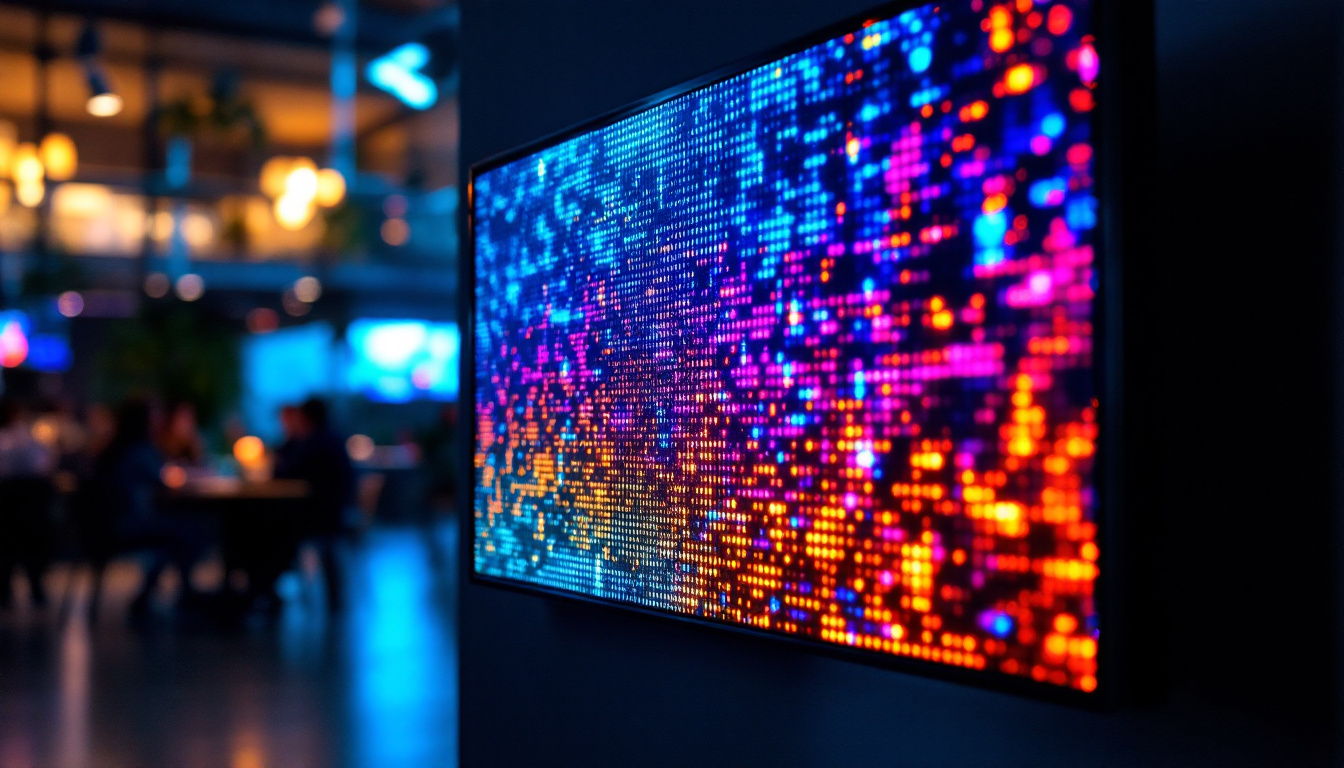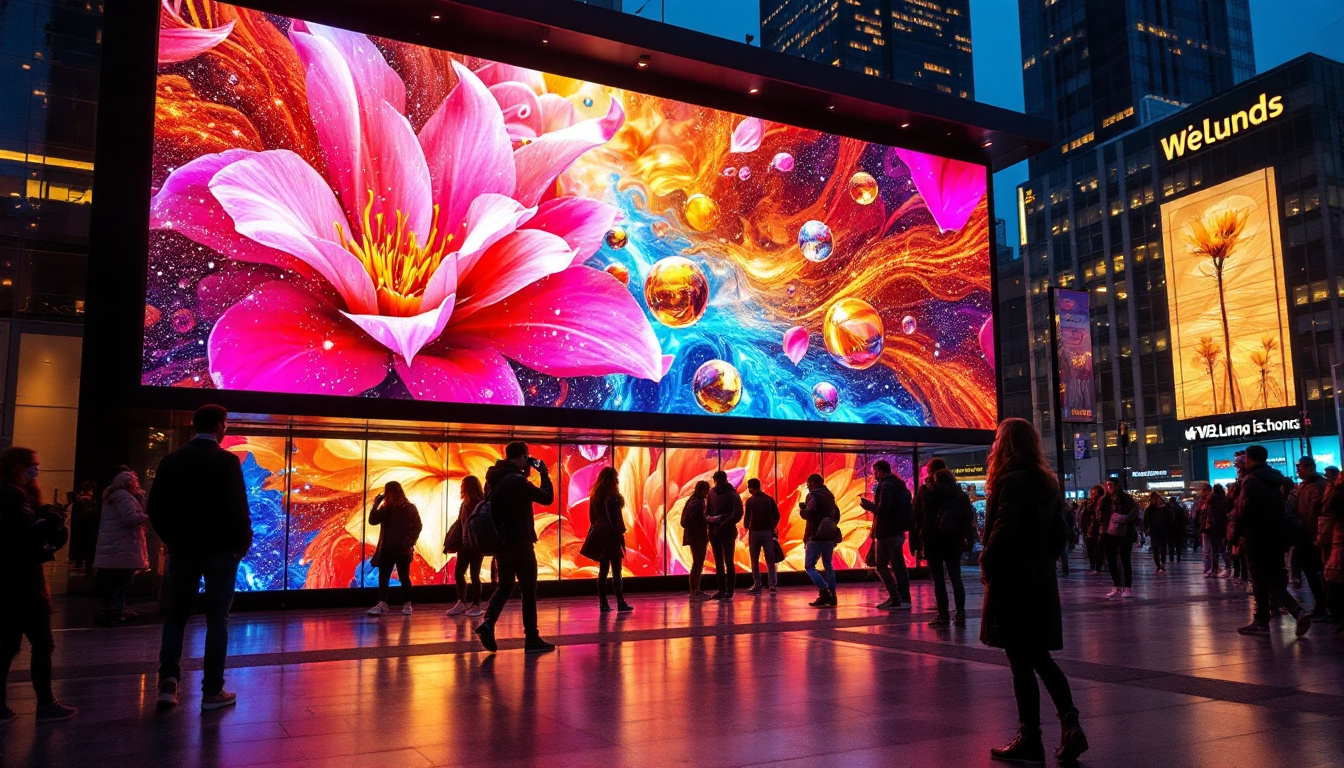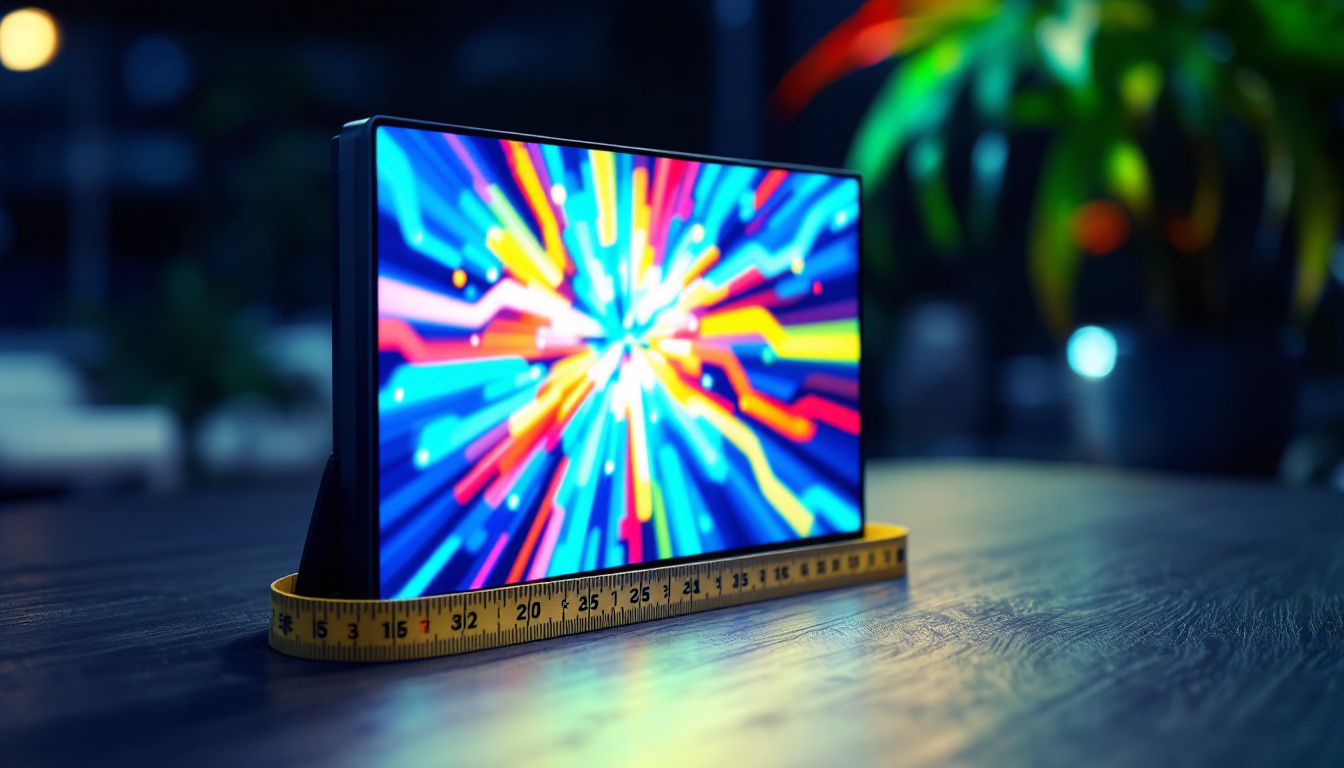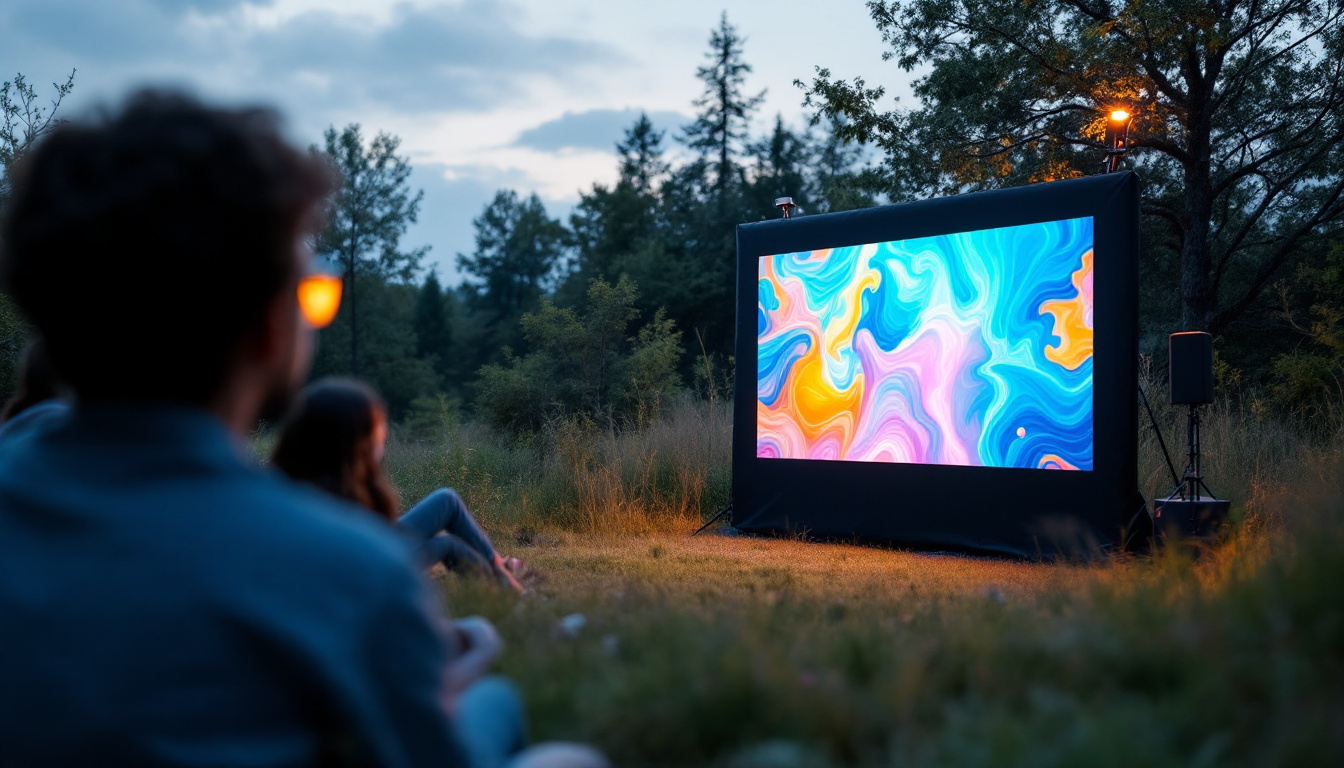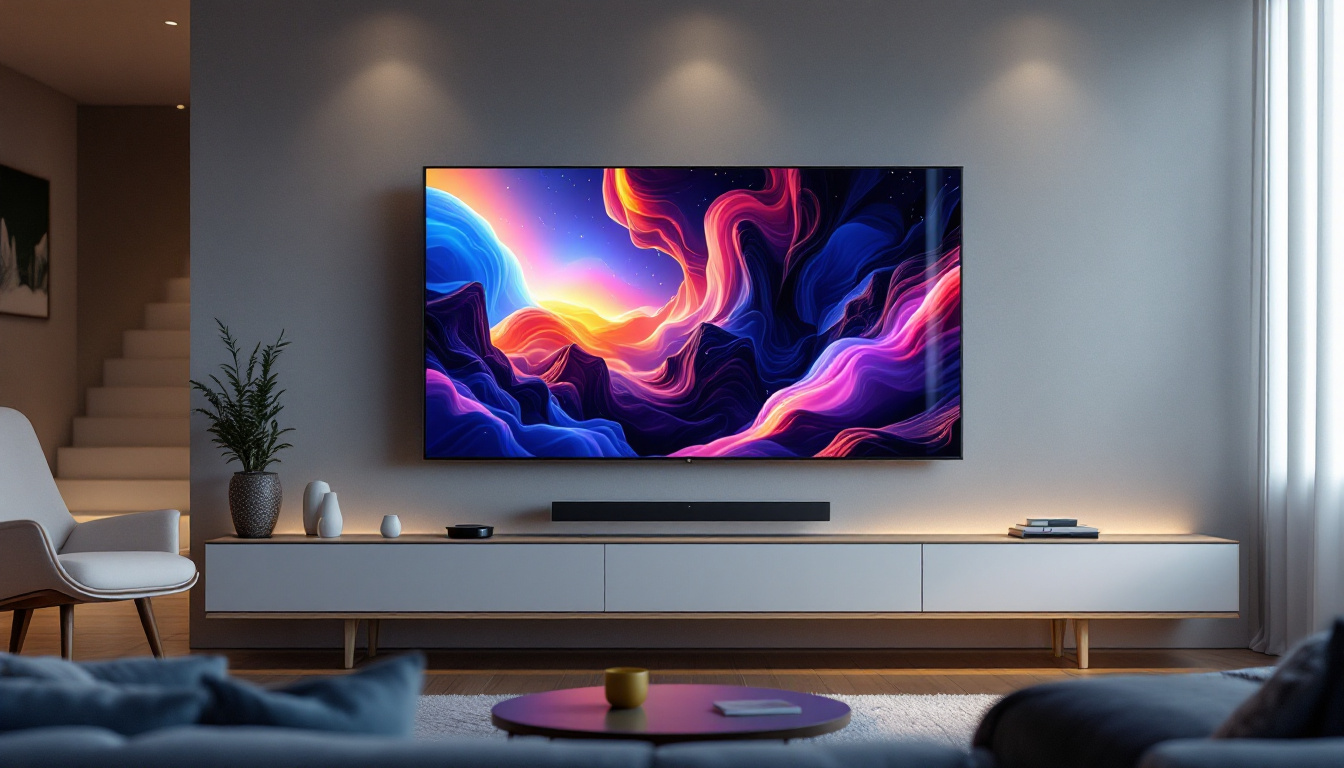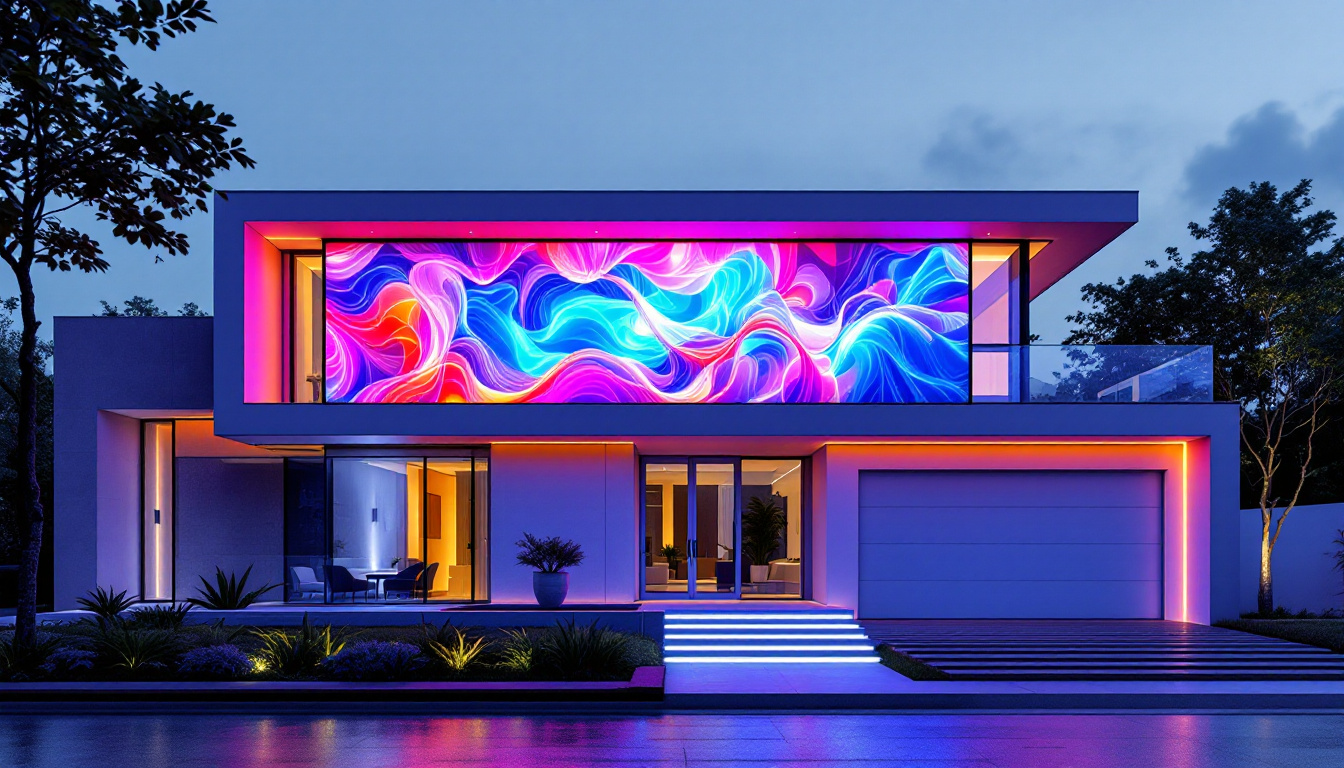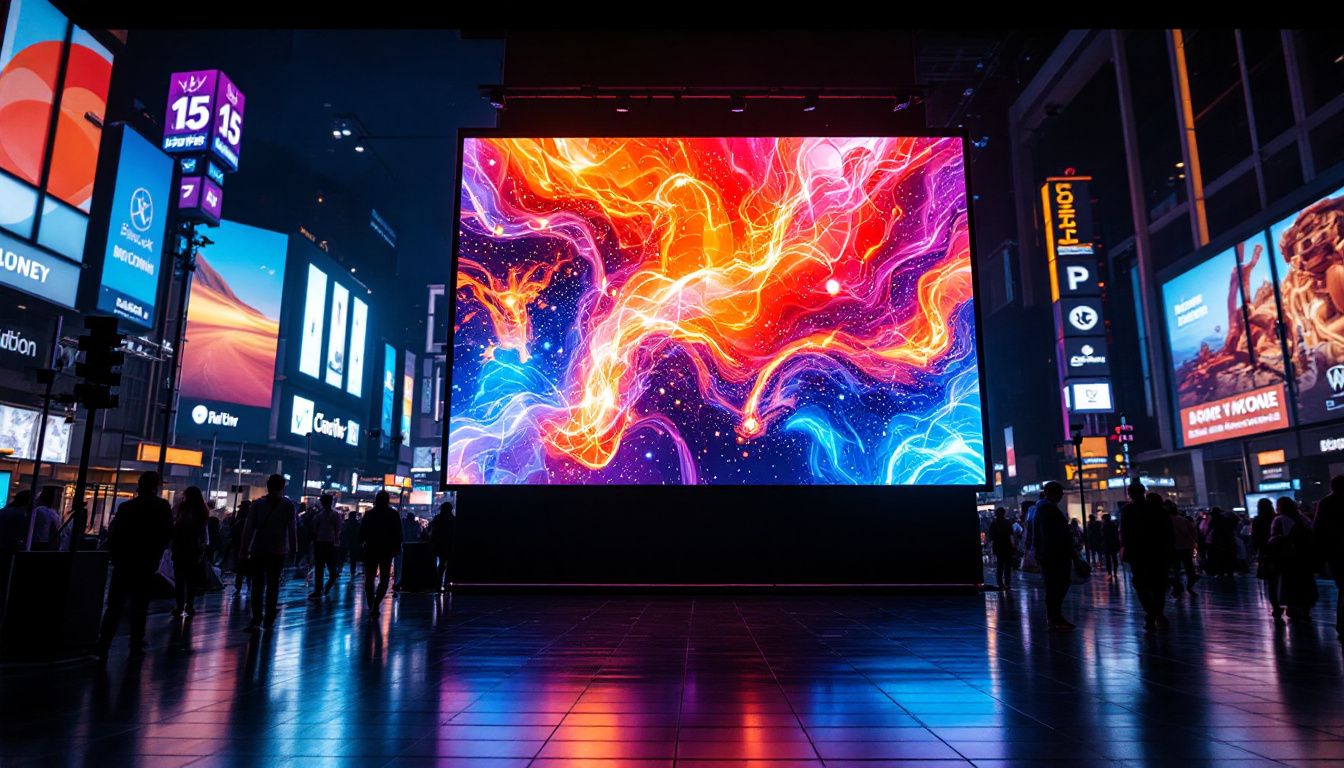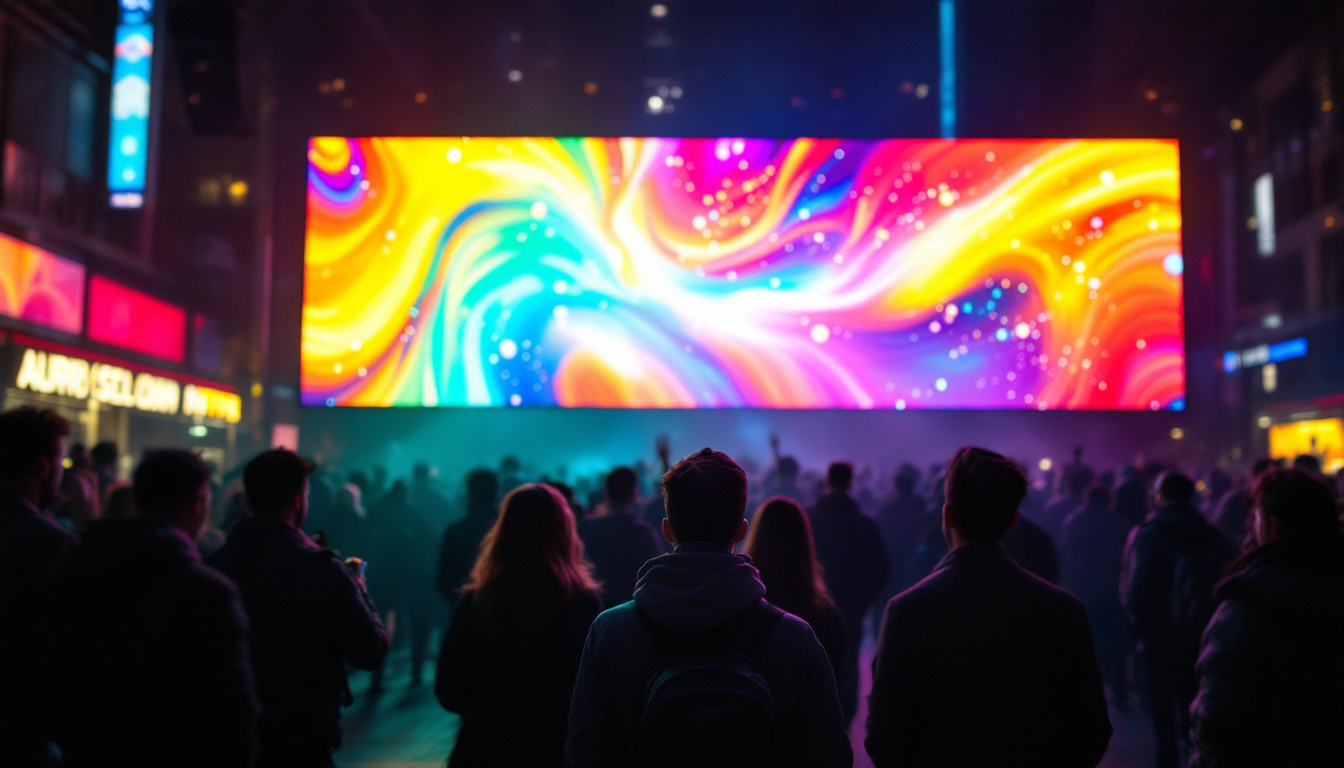In today’s fast-paced world, effective communication is essential for businesses and organizations. One of the most impactful ways to convey messages is through LED displays. Display boxes for sale featuring LED technology have become increasingly popular, offering vibrant visuals and dynamic content capabilities. This article delves into the intricacies of LED displays, their advantages, and the various types available in the market.
Understanding LED Displays
LED displays utilize light-emitting diodes (LEDs) to produce images and video content. Unlike traditional display technologies, such as LCD or CRT, LED displays offer enhanced brightness, contrast, and energy efficiency. This technology has revolutionized the way information is presented, making it a preferred choice for advertising, events, and public information systems.
How LED Technology Works
At the core of LED displays are tiny light-emitting diodes that emit light when an electric current passes through them. These diodes are arranged in a grid, with each pixel consisting of multiple diodes that can produce various colors. By adjusting the intensity of each diode, a wide range of colors and images can be displayed. This pixel-based approach allows for high-resolution images and smooth video playback.
LED displays can be categorized into two main types: direct view and rear-projection. Direct view LED displays are made up of individual LED modules that can be assembled into larger screens, while rear-projection displays use LED technology to project images onto a screen from behind. Both types have their unique advantages and applications. For instance, direct view displays are often used in large outdoor billboards, where visibility from a distance is crucial, while rear-projection displays are commonly found in venues like theaters and conference rooms, where space is limited and image quality is paramount.
Advantages of LED Displays
LED displays offer numerous benefits that make them an attractive choice for various applications. Some of the key advantages include:
- Brightness: LED displays are exceptionally bright, making them suitable for both indoor and outdoor use. They can be easily viewed in direct sunlight, ensuring that messages are visible at all times.
- Energy Efficiency: Compared to traditional display technologies, LED displays consume less power, leading to lower energy bills and a reduced carbon footprint.
- Longevity: LED technology is known for its durability. With proper maintenance, an LED display can last for over 100,000 hours, significantly reducing replacement costs.
- Versatility: LED displays can be used for a wide range of applications, from advertising and entertainment to information dissemination and wayfinding.
In addition to these advantages, LED displays also support advanced features such as dynamic content management and interactivity. This capability allows businesses to tailor their messaging in real-time, responding to customer behavior or current events, which can enhance engagement and drive sales. Furthermore, the modular nature of LED technology enables seamless scaling; organizations can easily expand their display size by adding more modules as needed, making it a future-proof investment for growing businesses.
Moreover, the rapid advancements in LED technology have led to the development of high-definition and ultra-high-definition displays, which provide even more clarity and detail. These improvements have made LED displays increasingly popular in the entertainment industry, where stunning visuals are essential for capturing audience attention. From concert stages to sports arenas, the ability to deliver vibrant, lifelike images has transformed the way audiences experience live events, creating immersive environments that enhance overall enjoyment.
Types of LED Displays
The market offers various types of LED displays, each designed for specific applications. Understanding these types can help businesses choose the right display for their needs.
Indoor LED Displays
Indoor LED displays are designed for use in controlled environments, such as shopping malls, conference centers, and corporate offices. They typically have a higher pixel density, resulting in sharper images and text. These displays are ideal for presentations, advertisements, and event promotions.
Common features of indoor LED displays include:
- High Resolution: Indoor displays often have a pixel pitch of 2.5mm or less, allowing for detailed visuals even at close viewing distances.
- Flexible Designs: Many indoor LED displays come in modular designs, enabling custom shapes and sizes to fit specific spaces.
Additionally, indoor LED displays often support advanced features such as interactive touch capabilities, which can enhance user engagement during presentations or exhibitions. This interactivity allows viewers to navigate through content or access additional information, making the display not just a passive viewing experience but an engaging one. Furthermore, many of these displays come equipped with built-in content management systems, allowing businesses to easily update and schedule their advertisements or presentations remotely, ensuring that the content remains fresh and relevant.
Outdoor LED Displays
Outdoor LED displays are built to withstand harsh weather conditions, making them suitable for billboards, stadiums, and public transportation hubs. These displays are designed with lower pixel densities compared to indoor displays, as they are typically viewed from greater distances.
Key characteristics of outdoor LED displays include:
- Weather Resistance: Outdoor displays are encased in protective housings to guard against rain, wind, and dust.
- High Brightness: These displays are engineered to be exceptionally bright, ensuring visibility even in direct sunlight.
Moreover, outdoor LED displays often incorporate advanced technologies such as automatic brightness adjustment, which optimizes the display’s brightness based on ambient light conditions. This feature not only enhances visibility but also contributes to energy efficiency. Additionally, many outdoor displays are designed with high refresh rates, ensuring that video content plays smoothly without flickering, which is crucial for capturing the attention of passersby. The ability to display dynamic content, such as animations or live feeds, further increases their effectiveness as advertising tools.
Transparent LED Displays
Transparent LED displays are a cutting-edge innovation that combines digital content with visibility. These displays allow light to pass through, making them ideal for retail environments where product visibility is essential while still showcasing advertisements.
Benefits of transparent LED displays include:
- Enhanced Aesthetics: They provide a modern and sleek look, blending seamlessly into storefronts and exhibitions.
- Space Efficiency: Transparent displays do not obstruct views, allowing customers to see products behind the screen.
In addition to their aesthetic appeal, transparent LED displays offer a unique opportunity for brands to create immersive advertising experiences. By layering digital content over physical products, retailers can tell a story or highlight features in a way that traditional signage cannot. This capability can also be leveraged in various settings, from art installations to corporate lobbies, where the combination of digital and physical elements creates a captivating environment. Furthermore, these displays can be integrated with augmented reality applications, allowing customers to interact with the content in innovative ways, enhancing both engagement and brand recall.
Applications of LED Displays
LED displays are versatile and can be utilized across various industries. Their ability to convey information effectively makes them suitable for numerous applications.
Advertising and Marketing
One of the most common uses of LED displays is in advertising. Businesses leverage these displays to showcase promotions, new products, and brand messages. The dynamic nature of LED technology allows for eye-catching animations and videos that capture audience attention.
Outdoor LED billboards, for instance, can reach thousands of potential customers daily, making them a powerful marketing tool. Indoor displays in retail environments can enhance the shopping experience by providing real-time information and promotions.
Events and Entertainment
LED displays play a crucial role in the events and entertainment industry. Concerts, sports events, and trade shows often feature large LED screens to display live feeds, advertisements, and event information. These displays enhance audience engagement and create an immersive experience.
Additionally, LED walls can be configured in various shapes and sizes, allowing for creative staging and visual storytelling. The flexibility of LED technology enables event organizers to customize displays to fit specific themes and atmospheres.
Public Information Systems
Many municipalities and organizations utilize LED displays for public information systems. These displays are commonly found in transportation hubs, such as airports and train stations, to provide real-time updates on schedules and delays.
Furthermore, LED displays can be used for emergency notifications, weather updates, and community announcements, ensuring that vital information reaches the public promptly.
Choosing the Right LED Display
When selecting an LED display, several factors should be considered to ensure that the chosen display meets specific needs and requirements.
Resolution and Pixel Pitch
The resolution and pixel pitch of an LED display are critical factors that influence image quality. Pixel pitch refers to the distance between the centers of two adjacent pixels. A smaller pixel pitch results in a higher resolution, making it suitable for close viewing distances.
For indoor applications, a pixel pitch of 2.5mm or less is often recommended, while outdoor displays may have a pixel pitch of 10mm or more, depending on viewing distance. Assessing the intended use and viewing distance is essential when determining the appropriate pixel pitch.
Brightness Requirements
Brightness is another vital consideration, especially for outdoor displays. The brightness level is measured in nits, and outdoor displays typically require a brightness of at least 5,000 nits to ensure visibility in direct sunlight.
Indoor displays, on the other hand, can have lower brightness levels, usually ranging from 1,000 to 3,000 nits, depending on the ambient lighting conditions of the space.
Installation and Maintenance
The installation process and ongoing maintenance requirements should also be taken into account. Some LED displays are designed for easy installation, while others may require professional assistance. Understanding the installation process can help avoid unexpected costs and delays.
Additionally, consider the maintenance needs of the display. LED displays are generally low-maintenance, but regular cleaning and occasional servicing may be necessary to ensure optimal performance.
Conclusion
LED displays have transformed the way information is communicated across various industries. With their vibrant visuals, energy efficiency, and versatility, they have become a preferred choice for advertising, events, and public information systems. Understanding the different types of LED displays and their applications can help businesses make informed decisions when selecting the right display for their needs.
As technology continues to evolve, LED displays will likely become even more advanced, offering new possibilities for communication and engagement. Investing in high-quality LED displays can provide businesses with a competitive edge, allowing them to effectively reach and engage their target audiences.
In summary, whether for advertising, entertainment, or public information, LED displays offer a dynamic solution that captures attention and conveys messages effectively. By understanding the technology, types, and applications of LED displays, businesses can harness their potential to enhance communication and drive success.
Explore Cutting-Edge LED Displays with LumenMatrix
Ready to elevate your visual communication strategy with the latest in LED display technology? Discover LumenMatrix’s comprehensive range of LED display solutions, from vibrant Indoor and Outdoor LED Wall Displays to innovative Transparent LED Displays and beyond. Each product is crafted to captivate your audience and amplify your message with unparalleled clarity. Embrace the future of digital signage with LumenMatrix and transform your space into a dynamic visual experience. Check out LumenMatrix LED Display Solutions today and see your brand shine like never before.

